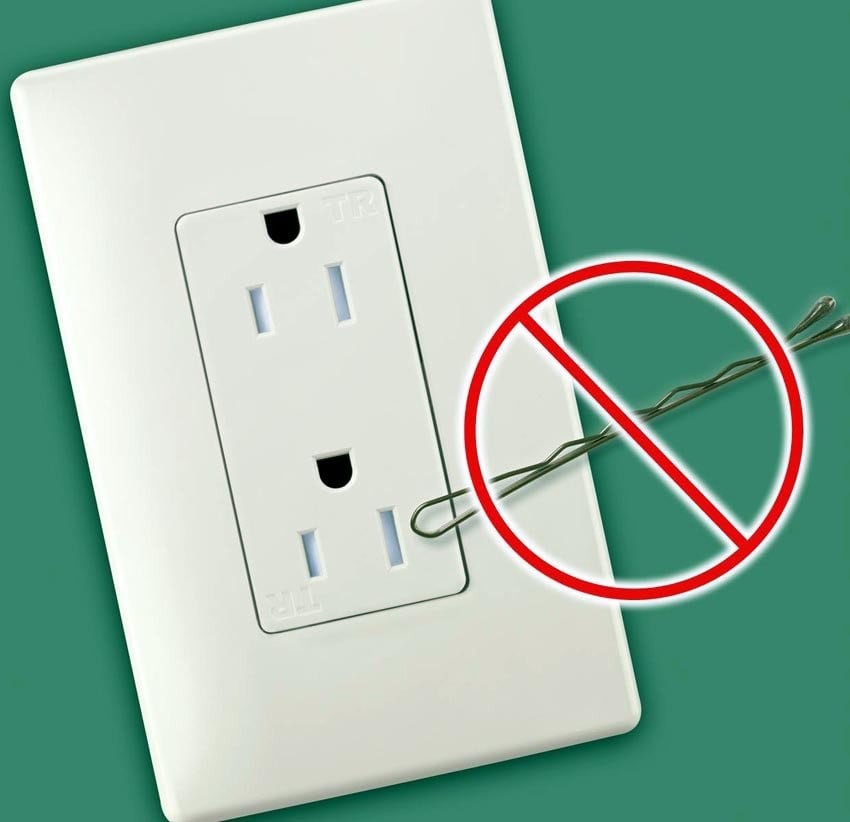Imagine that you are cozily settled in your Parker, Colorado, home on a chilly winter evening, when suddenly the lights flicker and go out.
Your heart skips a beat as you realize the importance of electrical safety.
At Root Electric, we understand how crucial it is to maintain a safe and efficient electrical system in your home.
Inspecting Electrical Systems
Regularly inspecting electrical systems ensures that potential hazards are identified and addressed promptly. Homeowners should prioritize periodic assessments to maintain safety and efficiency in their property.
It's advisable to schedule a professional inspection from a licensed electrician at least once a year to evaluate the system's condition. They will check for wear and tear, faulty wiring, and compliance with current codes. Remember, identifying minor issues early can prevent major problems and costly repairs down the line. This proactive approach ensures peace of mind and home safety.
Checking Outlets and Switches
Routinely inspecting outlets and switches is paramount—ensuring they function properly and safely. Faulty outlets can lead to electrical fires, posing serious risks to your home and family.
Examine outlets for discoloration, heat, or odd sounds—all indicators of potential electrical issues. If any signs of damage are noticed, contact a licensed electrician immediately to assess and rectify the problem. Additionally, test switches to confirm they operate smoothly without flickering. Proper maintenance of outlets and switches is essential to preventing electrical hazards and ensuring a safe living environment.
Evaluating Circuit Breakers
Circuit breakers are fundamental to your home's electrical safety, necessitating regular evaluations to ensure optimal performance.
- Check for visual damage: Look for any signs of burning, scorching, or other physical damage.
- Test functionality: Regularly trip and reset breakers to ensure they are operational.
Listen for buzzing sounds: Unusual noises can indicate faults within the circuit breaker that need immediate attention.
- Monitor breaker age: Older breakers may need replacement even if they appear to be functioning properly.
- Consult a licensed electrician if you notice any irregularities or if your breakers continually trip.
Regular evaluations help preempt potential problems and maintain household safety efficiently.
Safe Usage of Electrical Appliances
Ensure your electrical appliances are used according to manufacturer guidelines to prevent overloading circuits, which can cause fires or electrical shocks.
Keep appliances away from water sources and ensure hands are dry when operating them. Install Ground Fault Circuit Interrupters (GFCIs) in kitchens and bathrooms to enhance safety, reducing the risk of electrical shocks. Unplug appliances when not in use and avoid using damaged cords, which are prone to causing short circuits and other hazards.
Avoiding Overloading Outlets
Properly distributing electrical loads among your outlets is essential to prevent potential hazards, including electrical fires, circuit breaker trips, and appliance damage.
- First, calculate the total wattage of devices plugged into each outlet.
- Avoid using multiple high-wattage appliances on a single outlet, particularly those with high power demands (microwaves, air conditioners).
- Using power strips with surge protectors can help, but it's crucial to know their capacity and avoid overloading them.
- Ensure that all electrical repairs and installations are carried out by a licensed electrician to guarantee compliance with safety standards and regulations.
Furthermore, take the time to educate family members about the importance of not overloading outlets. This widespread awareness can significantly mitigate risks.
Proper Handling of Cords and Plugs
Ensuring the proper handling of cords and plugs is crucial for maintaining the electrical safety of your home.
- Inspect cords regularly for fraying, cracks, or kinks, and replace them if damaged.
- Avoid running cords under carpets or rugs, as this can cause overheating.
- Use the correct length of the cord for the task to prevent tripping hazards and overstretched wires.
- Insert and remove plugs by gripping the plug itself, not the cord, to prevent wire separation.
- Avoid overloading extension cords with too many devices, as this can cause overheating and potential fires.
- Always match the plug type with the correct outlet to avoid damaging the plug and outlet.
Implementing these proper handling techniques helps safeguard your home against electrical accidents.

Childproofing Electrical Outlets
Ensuring the safety of your young ones begins with childproofing electrical outlets. Utilize outlet covers or tamper-resistant receptacles (TRRs) to prevent curious fingers from accessing dangerous live contacts. By installing these safety features, you minimize the risk of electrical shocks and burns, providing a secure environment for your children to explore.
Using Outlet Covers
Outlet covers serve as a fundamental safeguard in protecting against accidental electrical contact. What are the key benefits of using outlet covers? In 2016, the Electrical Safety Foundation International (ESFI) reported that electrical outlets contribute to approximately 2,400 children suffering severe injuries annually. By employing outlet covers, you significantly mitigate this risk.
It’s not just about children; even pets can inadvertently cause problems if they get curious about exposed outlets. Therefore, using outlet covers enhances safety for all household members, including our furry friends.
When selecting outlet covers, ensure you choose those that fit securely and comply with relevant safety standards. There are several varieties, from simple plastic inserts to more sophisticated self-closing designs, each offering a different level of protection.
By committing to the use of outlet covers, homeowners in Parker, CO, uphold a critical aspect of domestic electrical safety and demonstrate a proactive stance in safeguarding their homes.
Installing Tamper-Resistant Receptacles
- Tamper-Resistant Receptacles (TRRs) are designed to prevent accidental electrical shocks and injuries, particularly among children.
- Preparation: Turn off the main power supply to the outlet you plan to replace. Use a voltage tester to ensure the power is off.
- Remove Existing Outlet: Unscrew and gently pull out the old receptacle from the wall box. Carefully disconnect the wires.
- Connect New TRR: Attach the wires to the corresponding terminals on the TRR. Ensure a secure connection to avoid loose wiring.
- Mount and Secure: Place the new TRR into the wall box, screw it in securely, and attach the faceplate.
- Restore Power: Turn the main power back on and test the TRR to ensure it is functioning correctly.
Installing TRRs is a straightforward yet vital step in enhancing electrical safety at home.
These outlets comply with the National Electrical Code (NEC) requirements and effectively reduce the risk of electrical accidents.
Responding to Electrical Emergencies
In Parker, Colorado, experiencing an electrical emergency can be alarming. Immediate steps should include disconnecting power, if safe, and contacting authorities. Do not attempt to handle live wires; this can exacerbate the situation.
Evacuate the area and use fire extinguishers rated for electrical fires only. Fast response is essential for safety and damage limitation.
Handling Electrical Shocks
Electrical shocks can be extremely dangerous. The first step when encountering an electric shock is to ensure safety. If someone is in contact with the source of electricity, do not touch them directly, as you could also be shocked. Instead, turn off the power at the breaker or use a non-conductive object to separate the person from the electrical source.
Call emergency services immediately.
Administer first aid as needed - if the person is unconscious, check for breathing and pulse - and perform CPR if necessary until professional help arrives. Finally, ensure that an investigation is undertaken to understand the cause of the shock. It is critical to address and rectify any electrical faults, potentially involving a qualified electrician to perform a comprehensive inspection and necessary repairs.
Dealing with Electrical Fires
Electrical fires present unique hazards due to the nature of electricity. To protect yourself, it is critical to understand the specific procedures for addressing these types of fires.
Never use water to extinguish an electrical fire. Water conducts electricity and can result in severe electrocution.
Instead, utilize a fire extinguisher rated for electrical fires, often labeled as Class C (or suitable for ABC). These extinguishers contain non-conductive chemicals designed to smother the flames and prevent re-ignition due to electrical currents. Ensure regular maintenance and readiness of fire extinguishers within your home, including proper placement for easy access during emergencies. Promptly call emergency services even after extinguishing the fire to investigate and ensure no lingering risk. Safety should always be your highest priority in such situations.


